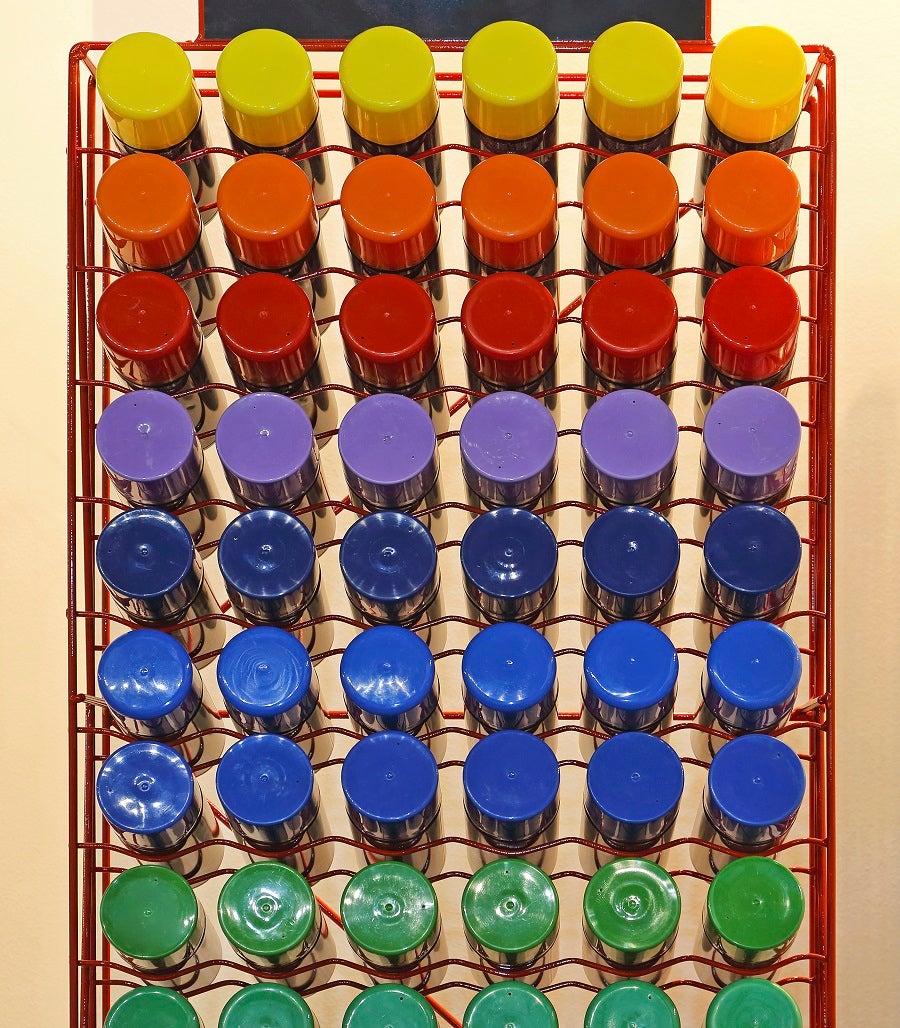A World Full of Colour: Rediscovering Spray Paints
admin admin | Jan 17, 2019

Spray paints are rather versatile when it comes to function. If you know how to utilise these the right way, you can add colour to your furniture, packages, accessories and décor like a pro! With these having evolved to more than just your everyday, go-to paint with more variations in colour, nozzle caps, finishes and drying times, here are some nifty tips and hacks when dealing with spray paints:
Where can you use spray paints?
There are so many surfaces you can use these on: metal, wood, fibreglass, concrete, packaging labels, plaster, ceramics, canvas, and a lot more. Just know how to spray properly and anything will look brand new.
Why spray paint?
Easy application with more coverage (and without the trouble of too many brush strokes) does the trick! With some drop cloth and newspaper, it is convenient to use outdoors plus it dries faster compared to paint cans. Lastly, as these are oil-based, it is more adherent compared to latex and water-based paints.
D-I-Y All the Way!
With only painter’s tape and spray paints in hand, you can have fun with a lot of creative D-I-Y projects at home and any other venue. With specialty ones such as acrylic and gold spray paints, you can transform any surface like plastic, wicker and resin – you can add a bit of fun or flair to any furniture or fixture!
Application Steps
Proper application is key to a good finish while preventing crackling:
-
Apply primer first to make your painting surfaces (e.g. canvas, wood, metal etc.) smoother.
-
Check for nozzle blockage by testing it first on old wood or newspaper.
-
Hold the can 8 inches away from your paint job; apply lightly and evenly.
-
Wait 24 hours for maximum drying and for the paint to stick better.
-
For lighter spray paint colours, you may have to apply a second coat and give off the brightest colour.
-
For lettering purposes such as applying to packaging labels, use a stencil - you can be creative with it!
Safety Tips
For any spraying activity, make sure to keep these precautions in mind:
-
Inspect appliances and check for exposed wiring that could come in contact with your paint.
-
Make sure to spray in a well-ventilated area.
-
Clean the surfaces of your paint jobs.
-
Don’t paint surfaces that are expected to come in contact with open flames.
-
Wear gloves or wash hands after use.
-
Use and store away from sunlight and heat.
- Don’t damage the cans in any way and dispose of them properly.
There are a lot of useful and innovative ways to work around spray paints! Just make sure that these are of good quality to bring out the best form of any projects you are and will be working on.
Browse through our list of spray paint products for your home, creative and industrial projects! See our website here.







